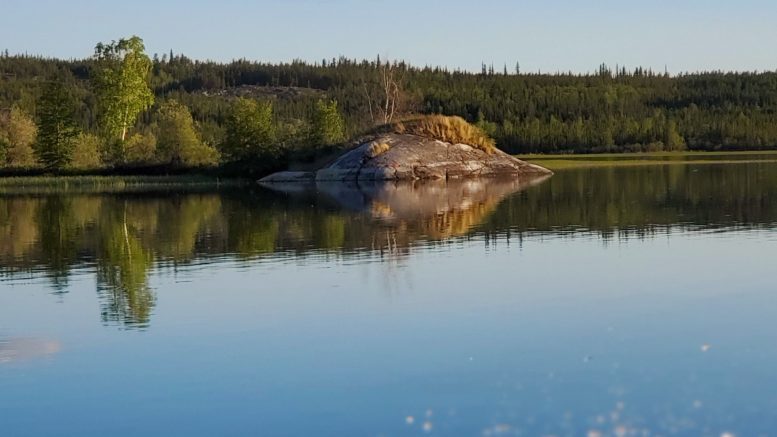Both the oil sands industry and the Alberta government are reporting that the wastewater levels are so high that a natural event like what happened in BC recently with the heavy rains could cause an even worse environmental event in Alberta. Their solution? Release some of the waste water even if it isn’t drinkable.
The Alberta Government plans to allow the release of wastewater into the Athabasca River despite the affects it may cause communities downstream. The oil sands wastewater levels have reached about 1.4 trillion litres which is the equivalent of 560 thousand Olympic sized swimming pools.
Michael Miltenberger, who was the outgoing Minister of ENR when the 2015 Transboundary Water Agreements with Alberta were signed believes that it is time for leaders in the north to put aside their differences and stand together in unity to stop the release of this waste water.
“The agreements in place are only as good as the elected leaders and their defense of those agreements” says Miltenberger. “If the Alberta government was planning to release this waste water in southern Alberta, you can be guaranteed that people would be protesting and blocking the release. As northerners, we need to stand together, our governments, our Indigenous governments, our chiefs, our municipalities.”
It is unclear when the waste water release is set to happen but we do know that Canada is busy coming up with new regulations and standards using a “Crown Indigenous working group” and plans on releasing the draft regulations in 2024 and final regulations in 2025 under the Fisheries Act.
CKLB Radio will have more on this developing story in the new year.





